1. Lamplighter
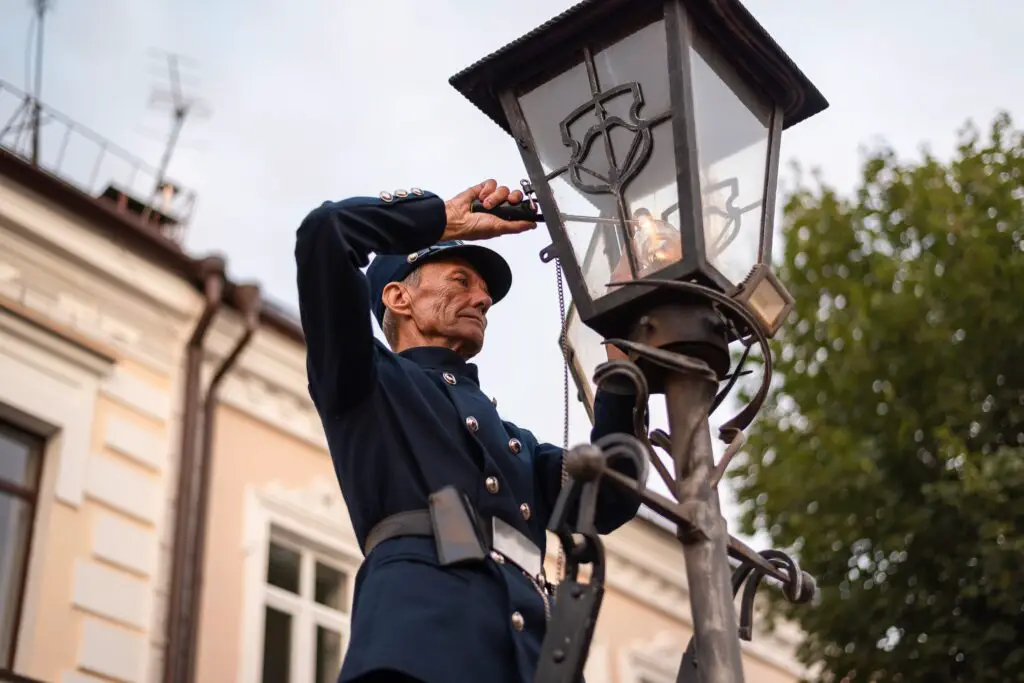
Before the advent of electric streetlights, lamplighters were essential figures in cities worldwide. Their job was to light the street lamps at dusk and extinguish them at dawn, ensuring that the streets were well-lit for evening travelers. This task was considered vital for public safety, as well-lit streets helped deter crime and aided those navigating through the dark. Lamplighters often worked in groups, walking miles each night, carrying long poles to reach the lamps that were mounted high on posts shares HowStuffWorks.
Although the profession was once highly respected, it gradually disappeared with the rise of electric lighting. Despite its obsolescence, the role of a lamplighter remains a symbol of a time when communities relied on skilled workers to manage basic infrastructure. These individuals were seen as guardians of the night, providing a sense of security and stability for urban populations adds School Library Journal.
2. Town Crier
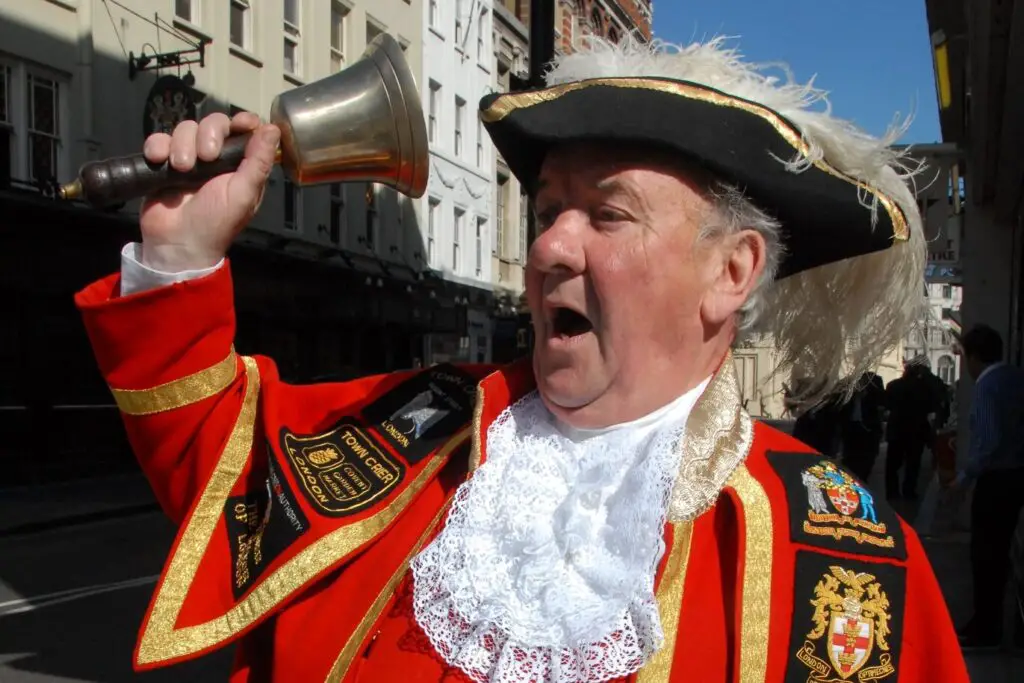
The town crier was one of the earliest forms of public communication before newspapers or even written notices became widespread. Clad in a distinctive uniform and ringing a bell, the crier would announce important news, proclamations, or royal decrees to the townspeople. Their voice was their tool, projecting across bustling market squares and winding streets to inform the community about local events, laws, and even weather warnings says the Provincetown Independent.
Once a noble position in many communities, the role of the town crier faded as print media became more accessible and reliable. However, their legacy lives on in the imagery of old-world news delivery, and some towns still maintain town criers during ceremonial events. The job was a cornerstone of communication, showing just how essential the crier was to maintaining order and ensuring that everyone was kept in the loop adds Cape Cod Times.
3. Candle Maker

Before electric lighting, candles were the primary source of illumination in households and businesses. Candle makers, or chandlers, were highly respected for their craft, which involved making candles from tallow (animal fat) or beeswax. These skilled artisans would create candles for a wide variety of uses, from lighting homes to providing light for religious ceremonies.
As electric light became more common, the demand for handmade candles decreased significantly, and the profession gradually faded into obscurity. Yet, the craftsmanship involved in making high-quality candles was once considered a noble trade. Even today, candle-making enjoys a resurgence among artisans and is often associated with luxury and comfort, a reminder of the vital role it once played.
4. Blacksmith
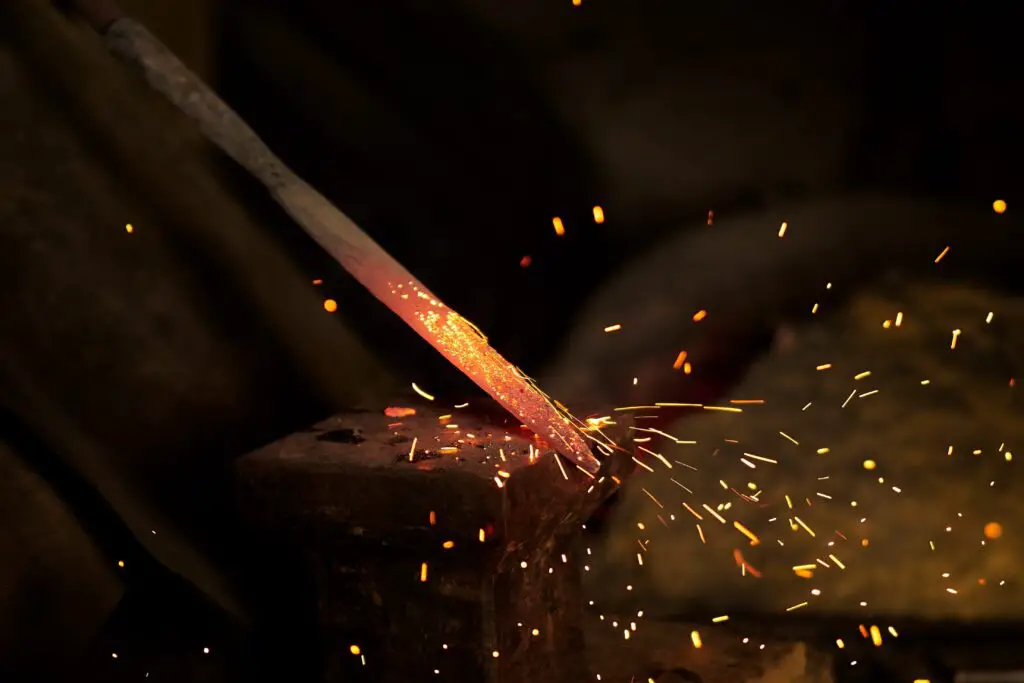
Blacksmiths were once highly regarded for their ability to forge tools, weapons, and horseshoes from metal. In towns and villages, blacksmiths were the cornerstone of trade, as they provided essential services to farmers, craftsmen, and warriors. Their skills in heating and shaping metals with fire were crucial for many industries, from agriculture to construction.
Though the profession has nearly disappeared in its traditional form, blacksmithing was once a job of great prestige, given its importance to both everyday life and warfare. Today, blacksmithing is mostly seen as a hobby or niche craft, but it still holds the aura of a noble, ancient profession, tied to hard work and expertise. The legacy of the blacksmith lives on in modern metalworking trades and in the ceremonial forging of weapons and tools.
5. Knocker-Up

Before alarm clocks became common, the knocker-up was hired to ensure that people woke up on time. Armed with a long stick or a baton, they would knock on windows or doors to wake workers early in the morning. The job was especially common in industrial cities during the 19th and early 20th centuries, where factory workers had to rise early for long shifts.
The knocker-up was viewed as a reliable, if quirky, service provider, ensuring that no one missed their shift. With the rise of the mechanical alarm clock and the expansion of urban services, the profession eventually died out. However, the knocker-up was once seen as a trusted figure who helped people meet their obligations, contributing to the workforce’s punctuality.
6. Milkman

The milkman was a familiar sight in neighborhoods across the world, delivering fresh milk to doorsteps early in the morning. Before refrigeration, milk was highly perishable, so daily deliveries were necessary to ensure households had a fresh supply. The milkman often became a community figure, known not just for his deliveries but also for the small talk and relationships he built with customers.
As supermarkets and refrigeration technology became more widespread, the need for door-to-door milk delivery gradually disappeared. Despite this, the milkman’s role was once an important and respected one, symbolizing reliability and care. In many cultures, the milkman remains a nostalgic figure, evoking images of simpler times when community connections were stronger.
7. Ice Cutter
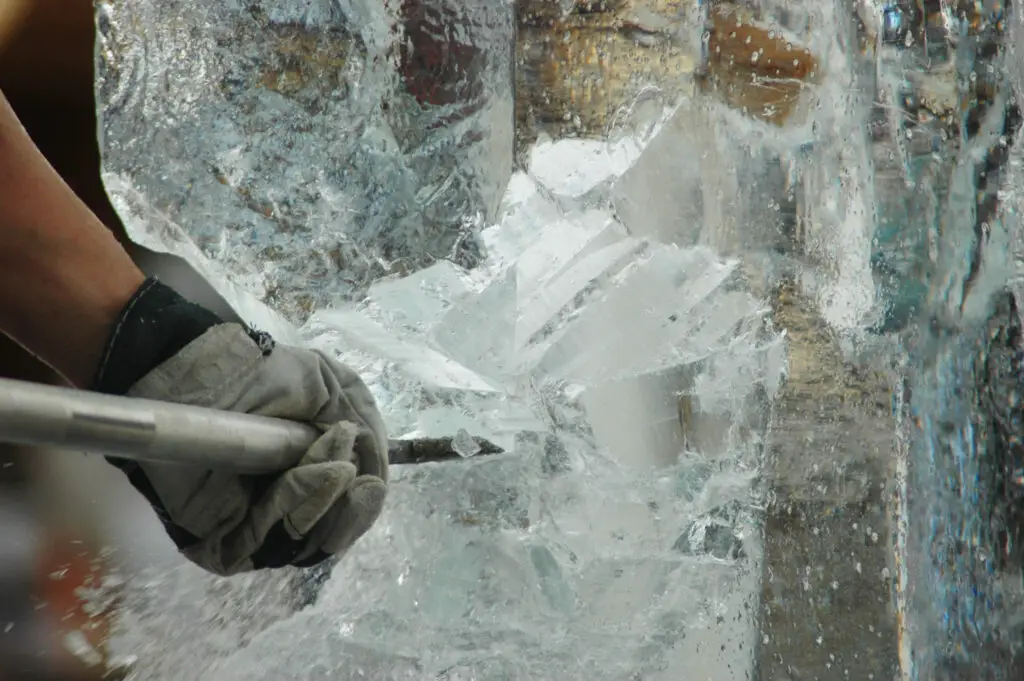
Before the advent of refrigeration, ice cutters were responsible for harvesting ice from frozen lakes and rivers during the winter months. The ice would then be stored in ice houses, insulated with straw, and used throughout the year to keep food cold. Ice cutting was a physically demanding job, requiring skilled workers to carefully saw large blocks of ice and transport them to clients.
This profession, which thrived in the 19th and early 20th centuries, was vital for preserving food in a time before modern refrigeration. As electric refrigerators became commonplace, the job of the ice cutter became obsolete. However, the ice cutter was once viewed as an essential figure in the community, providing a service that allowed families to store perishable goods and enjoy cool drinks during hot summers.
8. Opera Singer

In the 18th and 19th centuries, opera singers were revered not only for their vocal talent but also for their high status in society. Performing in grand opera houses, these singers often had the ability to command large audiences with their powerful voices. They were seen as aristocratic figures, admired for their refined skills and prestigious careers.
As the world of entertainment evolved, opera as a primary form of entertainment began to fade, though it remains a respected art form. Opera singers were once seen as cultural icons, and the profession was considered a noble pursuit reserved for those with exceptional natural talent. Today, opera singers still command respect, though they no longer hold the same cultural dominance they once did.
9. Town Barber

Before the development of modern healthcare and medicine, barbers performed more than just haircuts. They were also responsible for medical procedures, such as bloodletting and tooth extraction. These early barbers were seen as skilled professionals in the community, capable of handling a variety of tasks that ranged from grooming to basic medical care.
The dual role of the barber as both a groomer and a healer made them highly respected in their communities. As medicine advanced, the medical duties of barbers were eventually phased out, leaving behind the modern barber, focused primarily on hair and grooming. While the job has evolved, the town barber remains a respected figure in many communities, a link to a time when professionals wore many hats.
10. Switchboard Operator
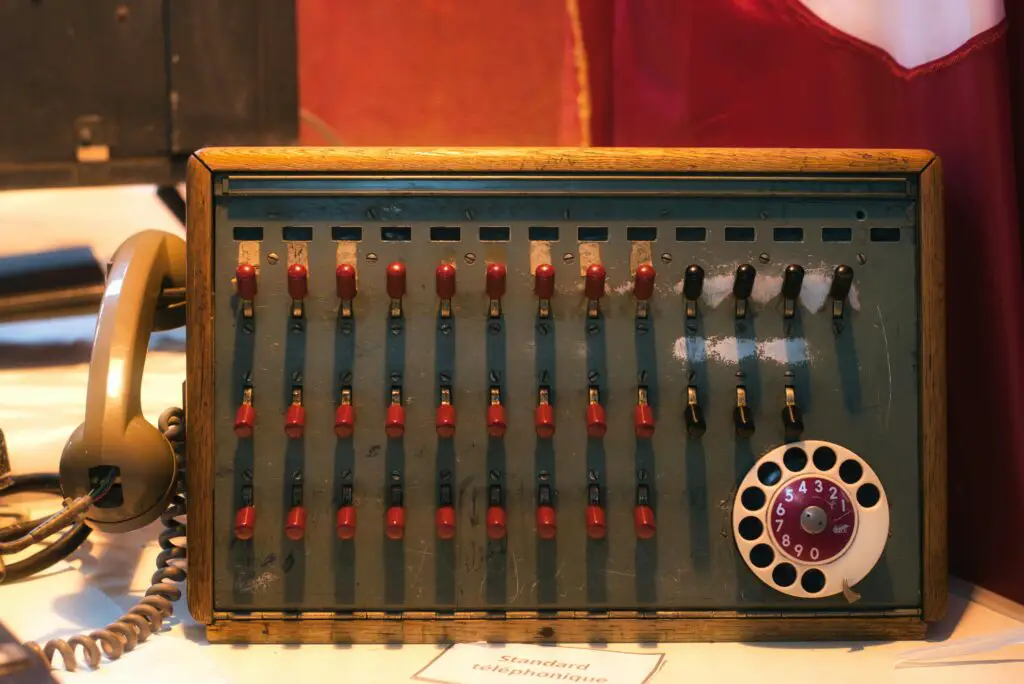
Switchboard operators were once the backbone of telephone communication, responsible for manually connecting calls by inserting plugs into the appropriate jacks. In the early days of telephone networks, these operators were crucial for ensuring that calls were routed correctly and efficiently. They often worked long hours, in cramped conditions, but their job was seen as vital for keeping people connected.
As technology advanced and automated systems took over, the role of the switchboard operator vanished. Once a profession that required patience, precision, and a deep understanding of the telephone network, the job now lives on in nostalgia. The switchboard operator was once considered a noble profession, as they bridged communication gaps between people, sometimes even acting as confidants during a long-distance call.
11. Telegraph Operator
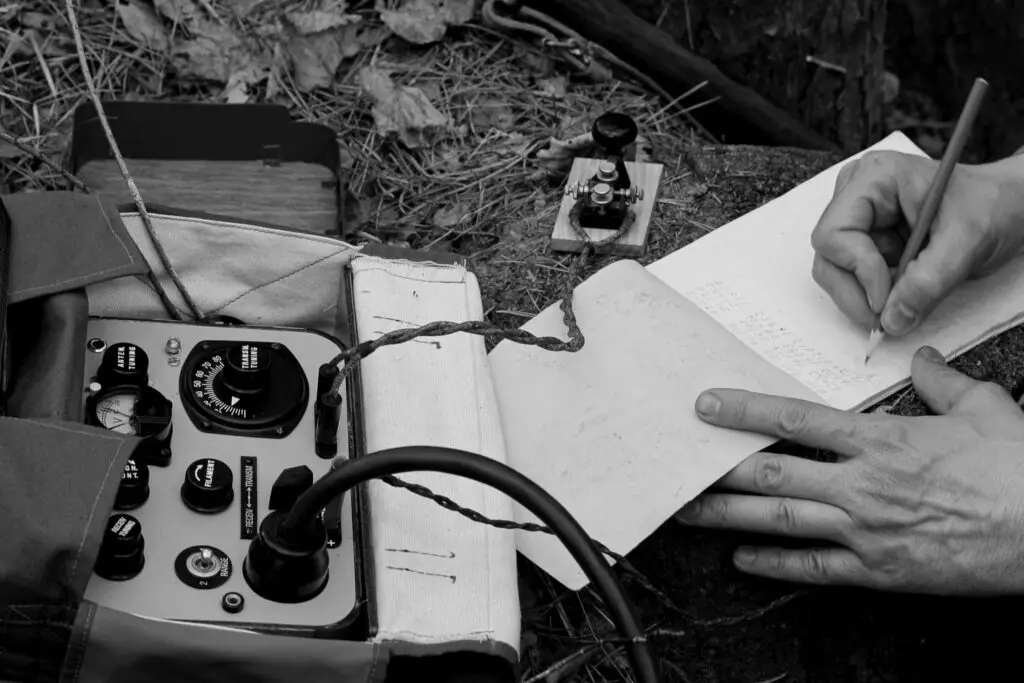
Before the internet and cell phones, telegraph operators were the primary means of sending long-distance messages quickly. They used Morse code to transmit messages over telegraph lines, connecting people across vast distances. The telegraph operator played a key role in businesses, news, and government communications, often in times of war or national crisis.
Telegraphy was once seen as a cutting-edge technology, and those who mastered the telegraph were regarded as highly skilled professionals. With the rise of the telephone and, later, digital communication, telegraph operators became obsolete. Nevertheless, the role of the telegraph operator remains a symbol of how essential communication technology once was in connecting the world.
12. Ice Cream Vendor

While not as technically defunct as some other jobs on this list, ice cream vendors of the past were once revered for their craft. Traveling from neighborhood to neighborhood with their carts, these vendors would serve up sweet treats to families, making them a staple of summertime. In many communities, the arrival of the ice cream vendor was a welcome event, especially for children.
As refrigeration and the mass production of ice cream grew, the ice cream vendor’s role became less significant. Today, ice cream stands and stores have largely replaced the mobile vendor, though the image of the vendor remains nostalgic. This once-noble profession represented not just a way to enjoy a treat but also a sense of community and tradition.
13. Horseshoer
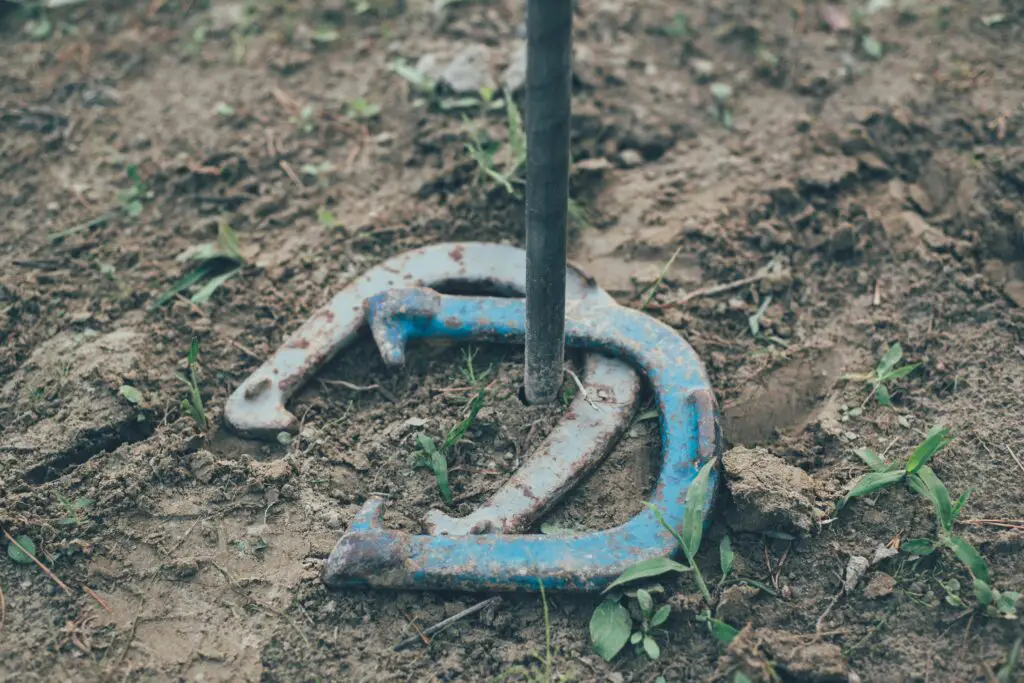
Horseshoers, or farriers, were once essential in maintaining the health and productivity of horses, which were crucial for transportation, agriculture, and even warfare. A skilled horseshoer could protect a horse’s hooves from wear and tear, ensuring the animal remained healthy and able to work. In rural and urban areas alike, horseshoers were highly respected for their knowledge of horses and their care.
The rise of automobiles and mechanized farming has all but eliminated the need for horseshoers in modern society. While the profession is still alive in certain equestrian circles, it no longer holds the importance it once did. Nevertheless, the noble profession of the horseshoer lives on in the hearts of those who still care for horses and value the history behind this essential trade.
